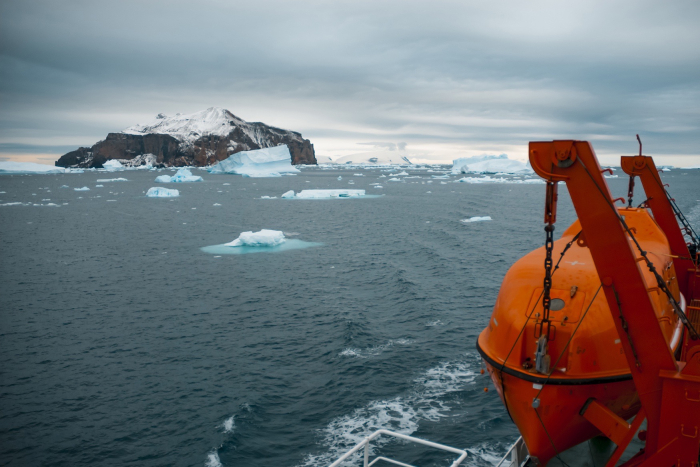Many countries send teams of scientists to their respective territories in the Antarctic to undertake a wide range of research programmes. Some travel to and from the continent in the one season and some “over-winter”, going home during the following summer.
The scientists require not only accommodation, but also fixed and mobile laboratories, over-snow transport, boats, ice drills, camping equipment, etc. To meet the diverse needs of an operational research base, large numbers of support personnel are also required, ranging from chefs and plumbers and electricians to diesel mechanics, forklift truck drivers and communication technicians. All equipment and personnel – known as “expeditioners” – have to be transported to the continent and brought back, along with all waste. Transport is generally by ship.
A Finch Senior Consultant and a colleague were asked to undertake a root and branches review of health and safety management of one nation’s Antarctic operations and, having reviewed the written H&S Management System at head office, joined a voyage south and onto the ice to observe the system in operation, first-hand.
The two-week voyage through the Roaring Forties over the Christmas period ended with a scramble down a ladder into an amphibious vehicle and through the pack ice to a narrow stretch of rock where landing was possible.
An intense week of immersion in research station activities, including trips onto the ice cap and measuring whole-body vibration in the tracked vehicle on the way, participating with the piping of diesel fuel from ship to shore, observing laboratory practices, collecting asbestos samples from redundant buildings, and washing dishes in the kitchen, provided a great insight to operations. Around the clock daylight meant the was just a little time to watch penguins. The voyage home provided an opportunity to interview returning expeditioners to verify and augment the observations.
The health and safety management system was improved as a result of the work and there is no doubt that first-hand experience of the work and activities was invaluable. While it was an unusual assignment and the work was undertaken in a unique environment, the hazards and the risk management strategies required were not entirely different those in more conventional workplaces. Perhaps the risk of hitting an iceberg or falling into a crevasse are exceptions.

